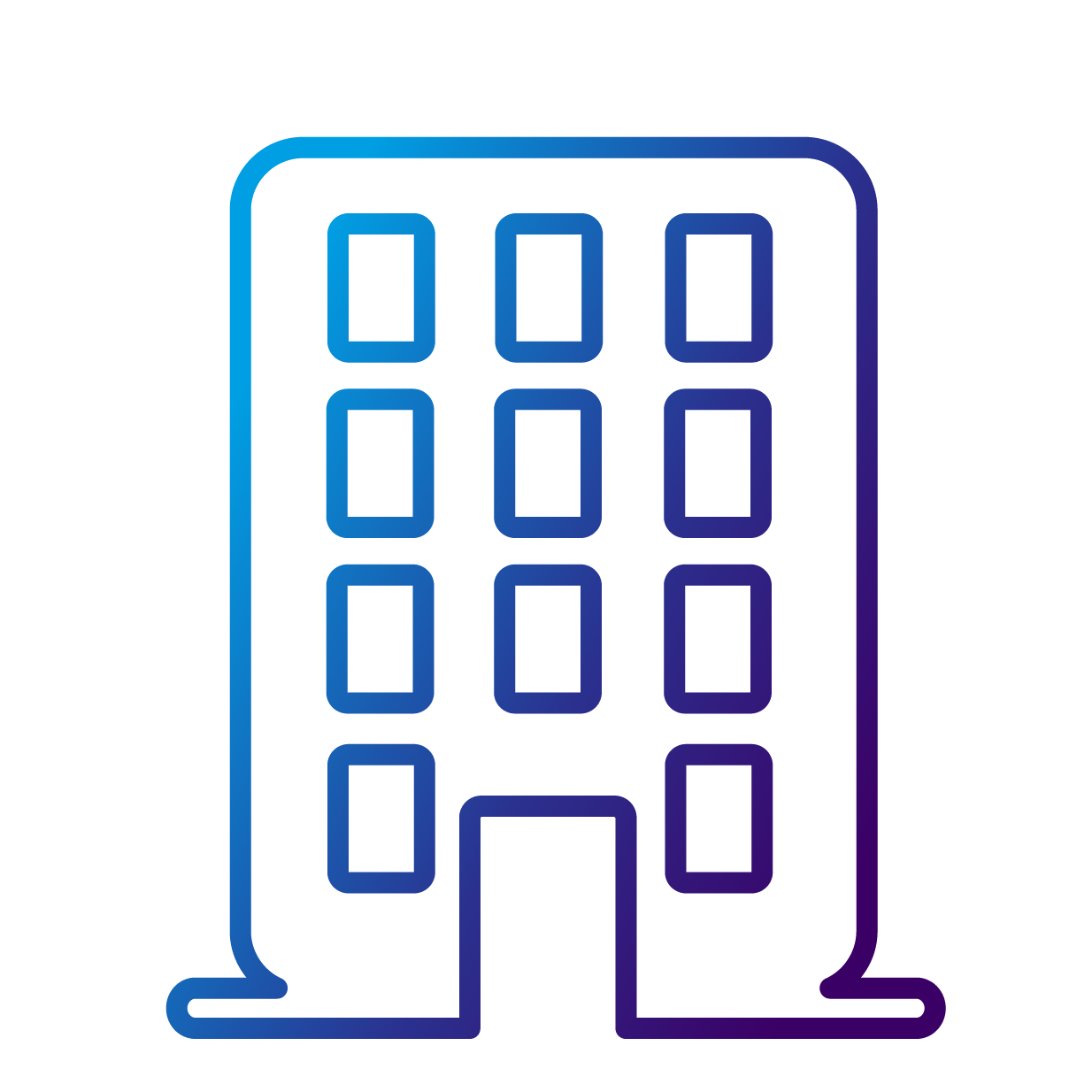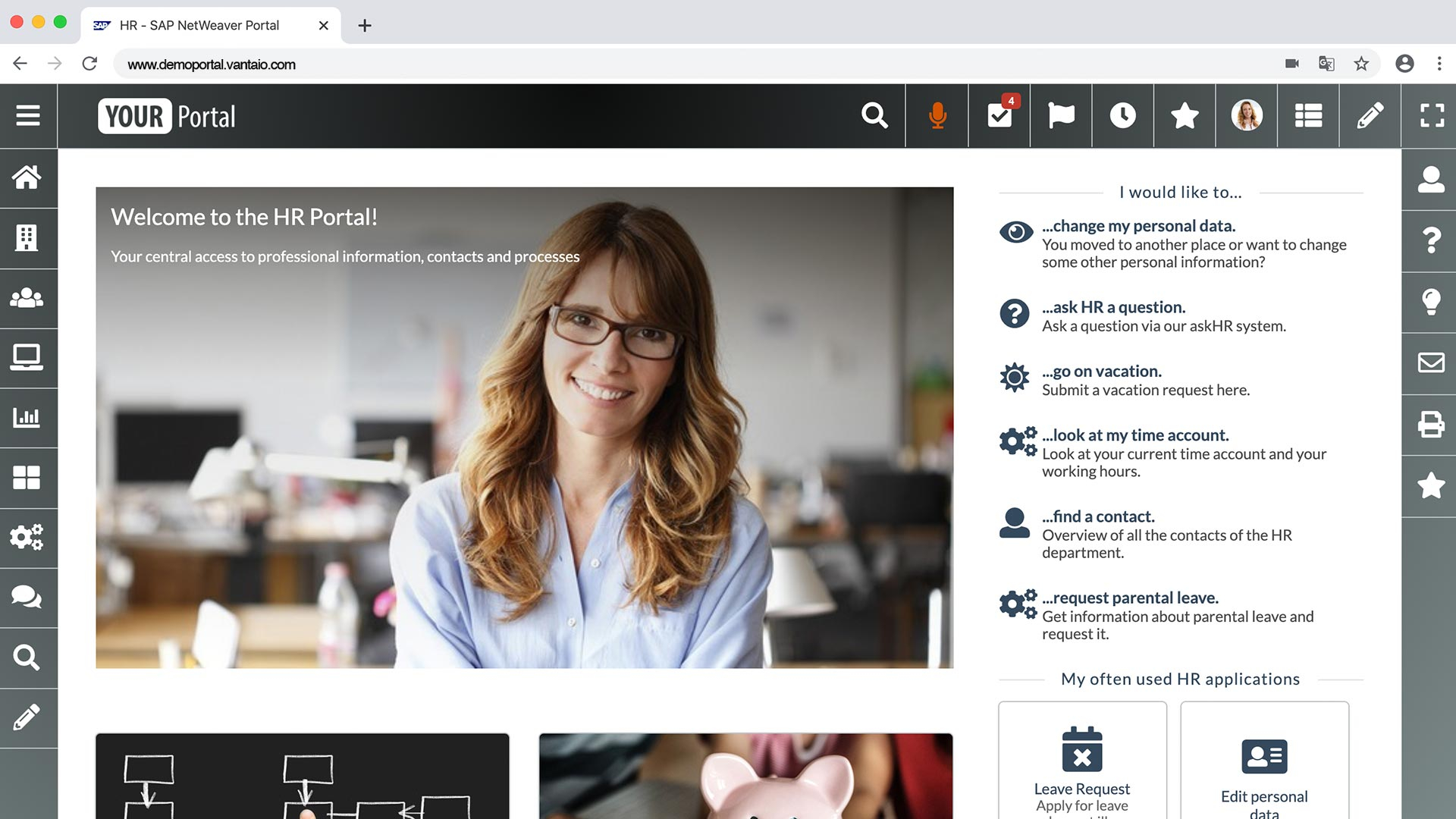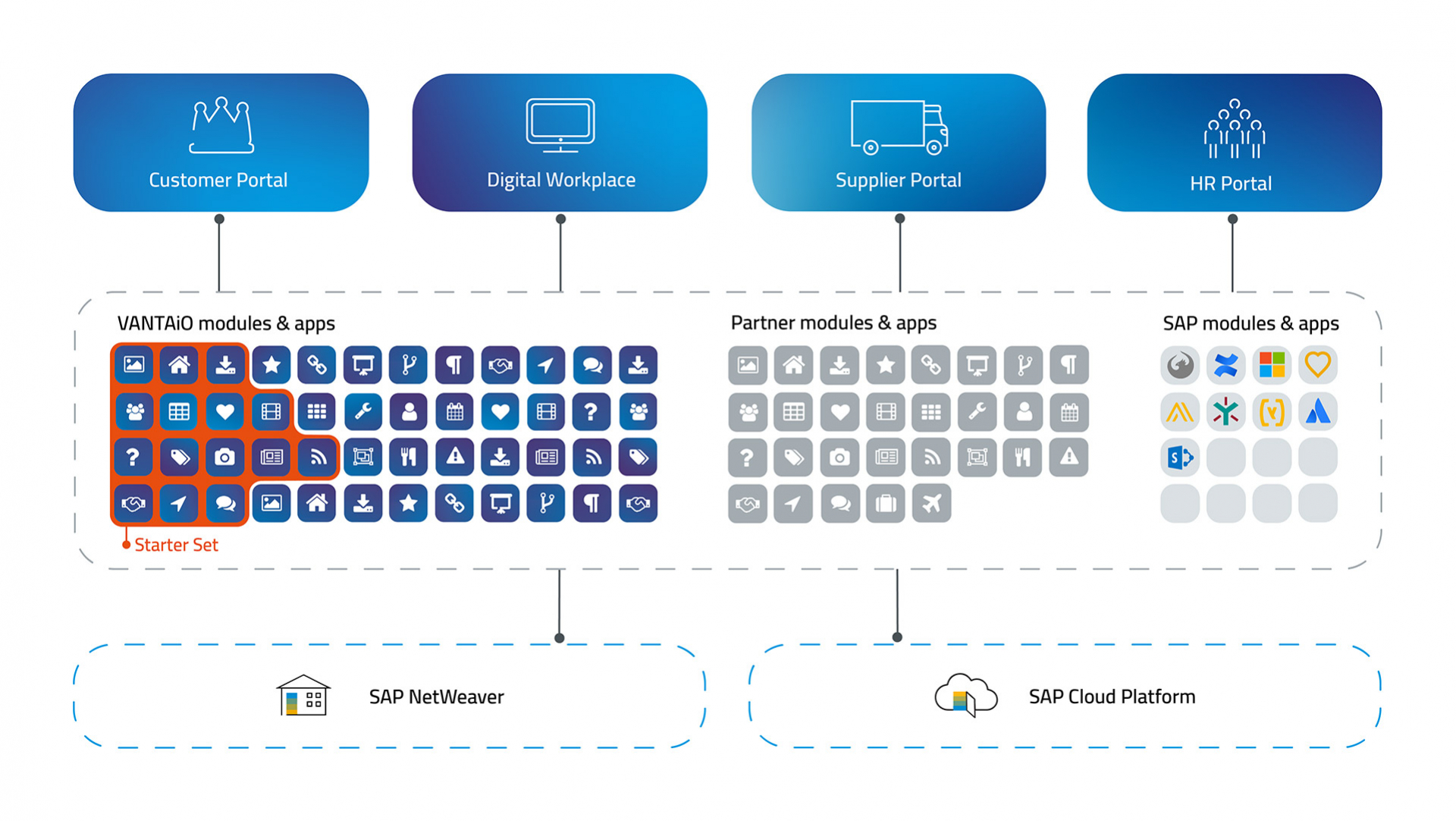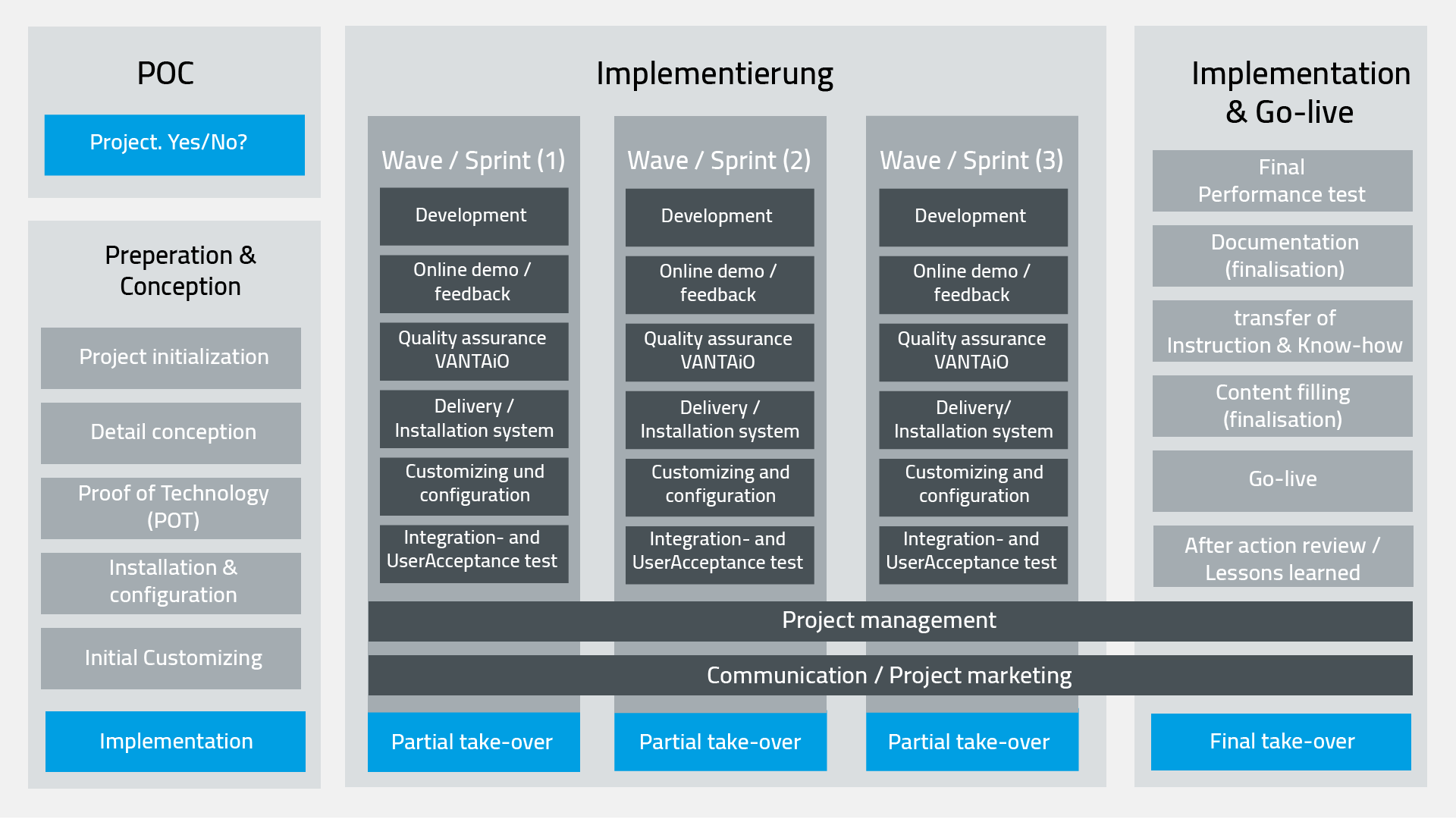- Solutions
- Know-how
- About us
 CompanyAs an SAP partner and software vendor, we develop digital workplaces and innovative solutions based on the SAP Business Technology Platform that make working with SAP easier and generate enthusiasm among users.
CompanyAs an SAP partner and software vendor, we develop digital workplaces and innovative solutions based on the SAP Business Technology Platform that make working with SAP easier and generate enthusiasm among users.
 PartnerAs an SAP partner and software vendor, we develop digital workplaces and innovative solutions based on the SAP Business Technology Platform that make working with SAP easier and generate enthusiasm among users.
PartnerAs an SAP partner and software vendor, we develop digital workplaces and innovative solutions based on the SAP Business Technology Platform that make working with SAP easier and generate enthusiasm among users. ContactAs an SAP partner and software vendor, we develop digital workplaces and innovative solutions based on the SAP Business Technology Platform that make working with SAP easier and generate enthusiasm among users.
ContactAs an SAP partner and software vendor, we develop digital workplaces and innovative solutions based on the SAP Business Technology Platform that make working with SAP easier and generate enthusiasm among users. News & EventsNews at a glance
News & EventsNews at a glance
21 October 2019
The way to your HR Portal
Goal: Strengthen the HR department
No easy stand for the personnel department: Their daily work is often extremely characterised by time-consuming routine tasks. In addition, the performance spectrum and workload of the specialist department are often underestimated by colleagues and outsiders.
An HR-oriented employee portal can help. It enables the digitization, automation, standardization and sustainable improvement of HR processes. Through automation processes, errors are minimized or avoided right from the start. Employees can independently access relevant data and make changes if necessary (self services) - this saves time and increases data quality.
Communication channels are shortened and information processes are designed efficiently and proactively. For example, the provision of information in the employee portal leads to a reduction in familiarization and training times. Documentation and videos can be conveniently retrieved from the workstation. Collaboration between specialist departments, employees and managers is noticeably optimized.
A real plus point – because the personnel department (but also the overall organisation of the company) is relieved in this way and can concentrate entirely on its core competencies. Capacities freed up can be invested in increasing HR service performance and in the strategic development of the company and its employees.
At the same time, more transparency for tasks and offers in the HR area is created in the company: the ideal starting point not only for more added value, but also for more appreciation of the HR department.
Categories
Tags
Benefits for the entire workforce
However, an HR portal not only puts the specialist department in the right light, it also brings crystal-clear benefits for all employees in the company:
| HR Experts | Management | Employees |
|---|---|---|
| Central communication channel to employees | Better support for managers | Simple and uniform access to HR-relevant information and services |
| Very easy maintenance of content and structure in everyday life | Improved employee retention and recruitment opportunities | Find the right contact person quickly and easily |
| Relief from recurring activities through self services | High project security and investment security through standardization and proven user acceptance |
Simplification of "onboarding" for new employees
|
| Individually expandable | Secure investment through future-proof, expandable platform | High acceptance through high benefit |
| Compliance with the high safety requirements | Increased flexibility and efficiency through self services | |
| Improvement of HR-internal cooperation and exchange of information |
An investment that pays off
The advantages of an HR portal already sound convincing per se, but of course the beginning of a portal project is always accompanied by the question of the economic feasibility and usefulness of such an investment. But how do you calculate this?
The introduction of an HR portal is essentially a project to increase efficiency. One way to estimate the ROI (Return on Investment) is to use the so-called support ratio. This key figure indicates the relation between employees in the personnel area and the number of employees in the company. If the rate can be changed from 1:500 to 1:750, for example, through the introduction of self-services (such as the independent retrieval of salary statements), this quickly means high cost savings - and thus a correspondingly rapid ROI.
In addition, the process optimizations can also be considered. The reduction of the process run times leads directly to a higher throughput. Experience shows that the streamlining of processes for absence and time management, travel management and training approval in particular holds enormous potential. For example, a study carried out by Deloitte Consulting and SAP showed that the process costs for the implementation of an absence notification can be significantly reduced with optimal IT system support.
Standardized – and flexible at the same time
In order to keep the implementation of an HR portal as lean as possible, the use of standard software components, which are nevertheless individually adaptable, is an option. We recommend using one of the two major SAP technologies – SAP NetWeaver or SAP Cloud Platform – and extending and supplementing it with VANTAiO portal software. This combination is very variable overall and at the same time enables comprehensive coverage of the "HR portal" topic. Since many of the content and project goals mentioned are already covered by VANTAiO software as standard, you save time and money.
The visual and content design of the portal is very flexible, as is the choice of devices used: The end user can access the system either via the web browser of his PC or notebook or via smartphone and tablet.
From a technical point of view
The integration of further SAP and non-SAP technologies into the portal solution is mostly possible without any problems. With regard to the mobile use of processes, however, it is necessary to check each individual service for its suitability. So that the new solution can also be used completely on mobile devices such as smartphones, the UI technologies of existing or newly mapped service processes may have to be converted (e.g. from SAP WebDynpro to SAPUI5).
We recommend the new SAP standard SAPUI5 as the interface technology. For the creation and design of workflows, we rely on a combination of different tools:
- Use of existing SAPUI5 or SAP Fiori applications - customer-specific adaptations or new developments with SAP development tools are possible at any time.
- Use of the VANTAiO Workflow Manager, which already includes more than 100 ready-made HR services forms and thus enables the creation of individual workflows with little effort.
- Leverage and integrate off-the-shelf third-party solutions that are configured to fit your business needs
Experience shows that several techniques are used in parallel when implementing an HR portal in order to benefit optimally from their specific advantages. However, the requirement should be that all technologies used follow the SAP front-end standard SAPUI5 so that the final appearance is as harmonious as possible.
In medias res: Project model and implementation
A division of the project into four sections or segments has proven its worth: 1. proof of concept, 2. preparation and conception, 3. implementation as well as 4. introduction and go-live.
An optional starting signal is a Proof of Concept (PoC), with which the basic feasibility can be demonstrated. In the subsequent preparation and conception phase, existing scope for interpretation is clarified prior to development and the functionalities are described in detail. On the basis of the approved concept, the software is implemented within the framework of various waves. This results in manageable, completed development stages, which can be installed and tested separately on the systems. User acceptance tests can also be carried out during these waves. Once the development is complete, the system is introduced - not without final testing of performance and load stability, of course. The necessary training takes place, documentation is completed and the portal is filled with content (content can also be filled at an earlier stage of the project if required). Then it's "Go live!"
Do you have any questions?
Please feel free to contact me.

Anna Holzmann
Sales Manager
T +49 6131 – 622280

Markus Marenbach
Managing Director
Do you have any question or request?
Are you interested in SAP BTP, SAP Build, the VANTAiO iNFOHUB or the topic of digital workplaces & digitalization with SAP in general?
Give us a call right away!
Tel.: +49 6131 622280
Or fill out the form below - we will get in touch with you as soon as possible.
Always stay well informed!
Subscribe to our newsletter using the form below and stay up to date with the latest developments in the world of digital workplaces with SAP.











